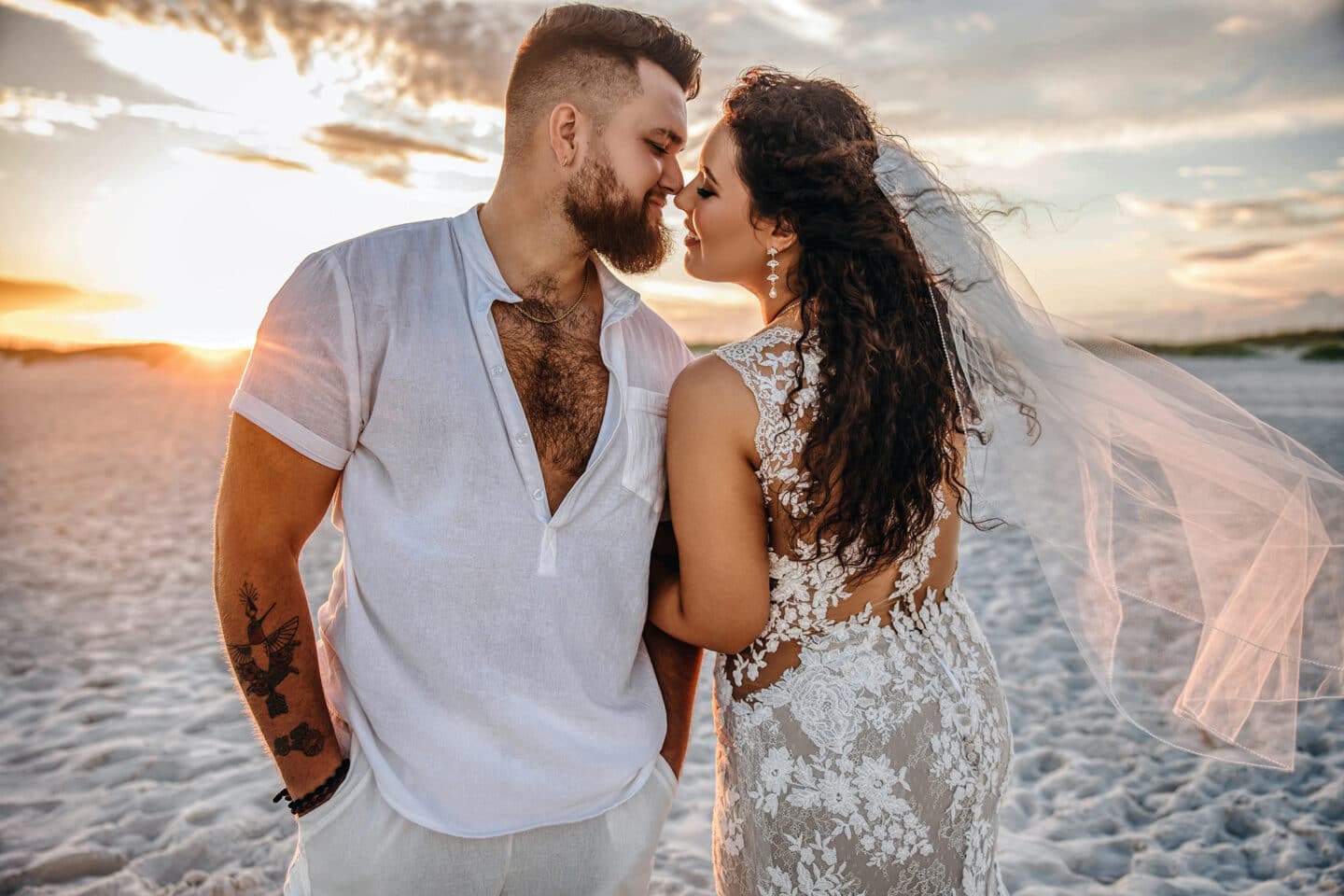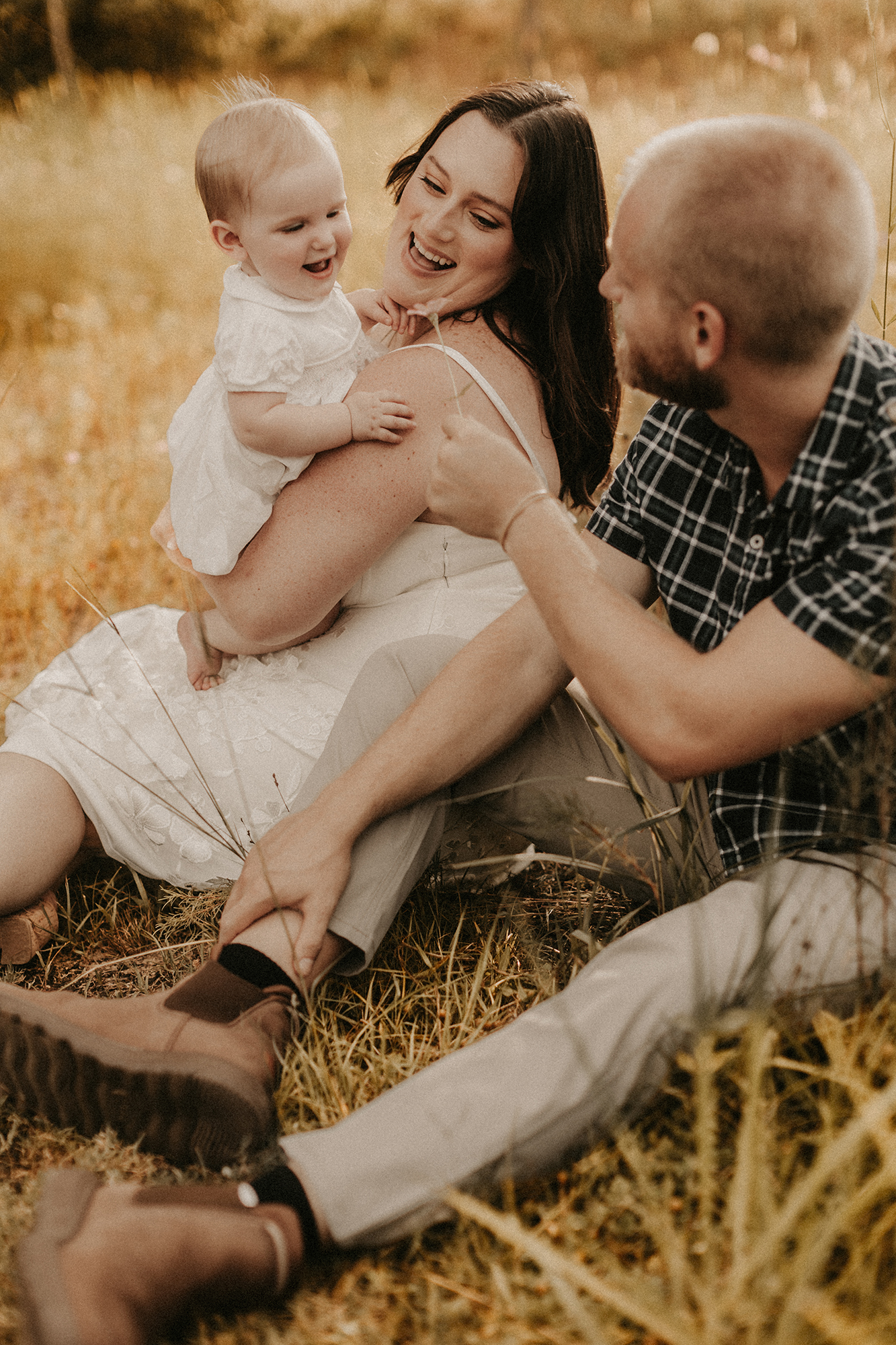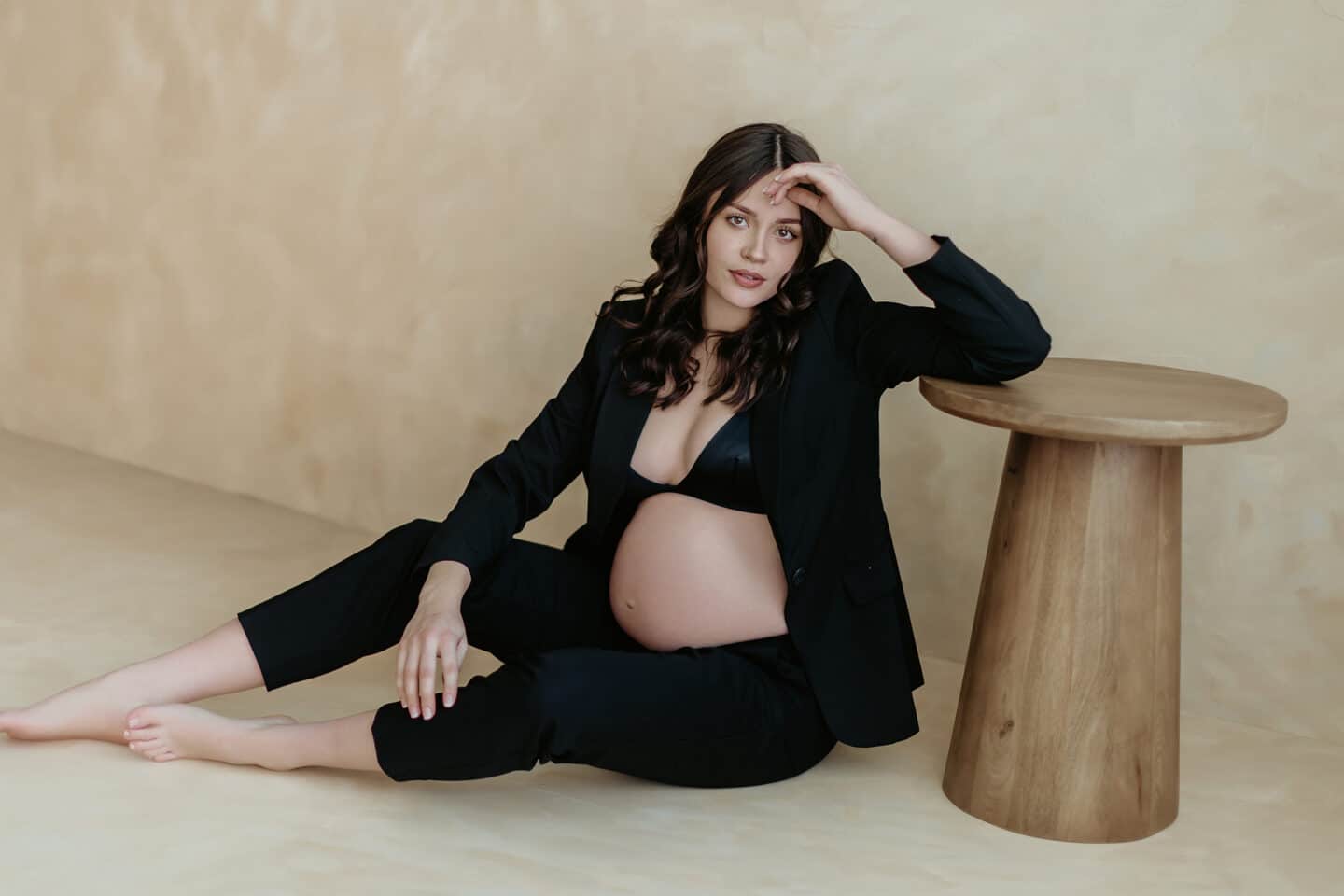Mastering Portrait Photography: Tips and Techniques
Ever wondered how to take amazing portrait photography that stands out? Whether it’s headshots, family portraits, or senior portraits, it’s all about skill and creativity. Mastering portrait photography is a mix of knowing your gear and seeing the world through your lens.

In this guide, we’ll explore the world of portrait photography. You’ll learn the key tips and techniques to make your portraits pop. From the basics of equipment to mastering lighting, you’ll know how to capture stunning images.
Whether you’re new to portrait photography or looking to improve, this guide has you covered. You’ll learn how to take amazing shots, handle different lighting, and capture the essence of your subjects. This includes headshots, family portraits, senior portraits, and more.
Ready to take your portraits to the next level? Let’s start this journey together. You’ll learn to make your portraits stand out and leave a lasting impression.
Key Takeaways
- Understand the fundamentals of portrait photography, including equipment, camera settings, and lighting techniques.
- Learn how to compose stunning portrait shots using the rule of thirds, leading lines, and framing.
- Discover techniques for working with different types of subjects, from capturing authentic emotions to posing for flattering portraits.
- Master lighting techniques, including natural light, studio lighting, and creative lighting setups.
- Explore various types of portrait photography, such as headshots, family portraits, newborn photography, and fine art portraits.
- Gain insights into the business side of portrait photography, including building a portfolio, marketing your services, and pricing strategies.
Understanding the Basics of Portrait Photography
To make stunning portraits, you need to know the basics. This means picking the right equipment, learning camera settings, and using the right lighting. With these skills, you’ll be able to take beautiful portraits.
Choosing the Right Equipment
For portrait photography, the right gear is key. DSLR and mirrorless cameras are great because they let you control settings like aperture and ISO. Also, good portrait lenses can improve your photos’ sharpness and bokeh.
| Camera Type | Advantages | Recommended Models |
|---|---|---|
| DSLR Cameras | Larger sensor size, wide lens selection, optical viewfinder | Canon EOS 5D Mark IV, Nikon D850 |
| Mirrorless Cameras | Lightweight, compact, advanced autofocus systems | Sony Alpha a7R IV, Fujifilm X-T4 |
Mastering Camera Settings for Portraits
To get the look you want in your portraits, you need to know how to adjust your camera. Here are some important settings:
- Aperture: A wide aperture (low f-number) makes your subject stand out by blurring the background.
- Shutter speed: Choose a shutter speed that’s fast enough to freeze motion and avoid camera shake, usually 1/125th of a second or faster.
- ISO: Keep ISO low to reduce noise, but increase it when needed for proper exposure.
The Importance of Lighting in Portrait Photography
Lighting is crucial in portrait photography. It can greatly affect your image. Knowing how to use light is essential for stunning portraits. Here are some key lighting concepts:
- Lighting ratios: The ratio between main and fill light changes the mood and contrast of your image.
- Soft light: Soft, diffused light is best for portraits because it reduces shadows and gives a flattering look.
- Hard light: Hard light can create dramatic, high-contrast portraits with bold shadows.
“Light makes photography. Embrace light. Admire it. Love it. But above all, know light. Know it for all you are worth, and you will know the key to photography.” – George Eastman
Composing Stunning Portrait Shots
Mastering composition techniques is key to creating stunning portraits. Understanding the rule of thirds, leading lines, and framing helps. Also, trying out different camera angles and perspectives can elevate your work.
The rule of thirds divides the frame into nine parts. Place your subject’s eyes on the top line and their face on a vertical line. This creates a balanced and appealing image that focuses the viewer’s attention.
Using Leading Lines and Framing
Leading lines are a powerful tool that guide the viewer’s eye. Use natural or man-made lines like paths or walls to add depth. Framing your subject with elements like doorways or foliage adds interest and context.
Experimenting with Different Angles and Perspectives
Don’t be afraid to try different camera angles and perspectives. Shooting from low angles makes subjects appear larger. High angles can show vulnerability or intimacy. Bird’s eye or worm’s eye views add a creative twist.
Here’s a table for inspiration on different portrait perspectives:
| Perspective | Effect | Best Used For |
|---|---|---|
| Eye Level | Natural, engaging, and personal | Most portrait scenarios |
| Low Angle | Powerful, heroic, and larger than life | Enhancing a subject’s prominence |
| High Angle | Vulnerable, intimate, and diminutive | Creating a sense of intimacy or vulnerability |
| Dutch Angle | Dynamic, edgy, and unconventional | Adding visual interest and energy |
By mastering these composition techniques and exploring different camera angles and portrait perspectives, you’ll create stunning portraits. These will captivate your audience.
Working with Different Types of Subjects
As a portrait photographer, you’ll meet many subjects with their own unique traits. It’s key to work well with them to capture their true selves. We’ll look at how to take candid shots and pose subjects to highlight their best qualities.
Capturing Authentic Emotions in Candid Portraits
Candid portraits aim to show real emotions. To do this, make your subjects feel at home. Talk to them, find out what they like, and share laughs. This way, they’ll relax in front of the camera, letting their true selves show.
Be patient and watch for those special moments. Look for laughter, deep thoughts, or interactions. These moments add depth and make your portraits stand out.

Posing Techniques for Flattering Portraits
Posed portraits let you guide subjects to highlight their best features. Here are some tips:
- Choose flattering angles: Position subjects to show off their best. A higher angle can slim the face, while a lower angle adds power.
- Add visual interest: Use lines, frames, and depth to make portraits more engaging. Try different views to find the best angles.
- Direct your subjects: Give clear instructions and positive feedback. This helps them feel confident and comfortable.
The secret to great portraits is making subjects feel at ease. By learning to direct and pose, you can capture their essence.
| Posing Technique | Description |
|---|---|
| The S-Curve | Have your subject shift their weight to one leg and slightly bend the other, creating a gentle S-shape with their body. This pose adds curves and creates a more dynamic, engaging portrait. |
| The 45-Degree Angle | Position your subject at a 45-degree angle to the camera, with one shoulder closer to the lens. This angle is flattering for most body types and helps create a slimming effect. |
| The Lean | Have your subject lean against a wall, tree, or other stable surface. This pose creates a relaxed, casual vibe and can help your subject feel more at ease during the shoot. |
Mastering Lighting Techniques for Portrait Photography
Lighting is key in portrait photography. It can change how your photos look and feel. You might like the natural light or the control of studio lighting. We’ll look at both, how to make dramatic portraits, and tips for soft light.
Natural Light vs. Studio Lighting
Choosing between natural light and studio lighting is your first step. Each has its own benefits and challenges. Your choice depends on your vision and the project’s needs.
Natural light, like sunlight, is soft and flattering. It’s easy to find and makes photos look natural. But, it can change and is hard to control, especially outside.
Studio lighting gives you more control. You can shape the light to fit your vision. It’s great for different looks, from soft to dramatic. But, it takes more knowledge and equipment than natural light.
Creating Dramatic Portraits with Low-Key Lighting
Low-key lighting uses one light source for a dramatic look. It makes shadows deep and highlights soft. This adds depth and emotion to your photos.
To do a low-key portrait, place your light source to one side, above the subject’s eyes. This creates strong shadows. Use a reflector on the other side to soften shadows. Play with light distance and angle to control shadows.
Achieving Soft and Flattering Light with Diffusers and Reflectors
For softer light, use diffusers and reflectors. They soften and control light, reducing harsh shadows. This makes the subject’s face look even and soft.
Diffusers spread light, making it softer. Use them with natural light by placing your subject in the shade or behind a sheer curtain.
Reflectors bounce light back, filling shadows and adding sparkle to eyes. Use white, silver, or gold reflectors for different effects. Place it opposite the main light to balance exposure.
| Lighting Technique | Key Characteristics | Best Used For |
|---|---|---|
| Natural Light | Soft, flattering, readily available | Outdoor portraits, lifestyle shoots |
| Studio Lighting | Precise control, versatility, consistency | Creative portraits, commercial photography |
| Low-Key Lighting | Dramatic, moody, high contrast | Artistic portraits, emotional storytelling |
| Diffused Light | Soft, even, minimizes shadows | Beauty portraits, headshots |
| Reflected Light | Fills in shadows, adds catchlights | Balancing exposure, enhancing eyes |
Mastering these lighting techniques will make your portraits stand out. Experiment with light and trust your instincts. With practice, your lighting skills will improve, taking your portraits to new levels.
The Art of Headshot Photography
Headshot photography focuses on capturing a person’s face and upper body for professional or personal use. It’s vital for business professionals, actors, and those updating their LinkedIn profiles. Mastering this art is key.
Choosing the right background is crucial for stunning headshots. A simple, uncluttered background draws attention to the face. Solid colors or subtle textures are best, keeping the focus on the person.
Lighting is essential in headshot photography. Soft, diffused light is preferred for its flattering effect. Try different lighting setups to find the best for your subject.
“A great headshot captures the essence of an individual, showcasing their unique personality and brand.”
Styling is also important. Encourage subjects to wear clothes that reflect their style and industry. Solid colors and simple patterns are best. Details like hair, makeup, and accessories should enhance the subject’s appearance.
Directing subjects is crucial for natural expressions. Make them feel at ease with friendly conversation and clear guidance. Aim for genuine smiles or a professional demeanor, depending on the desired look.
| Type of Headshot | Purpose | Key Elements |
|---|---|---|
| Corporate Headshots | Business professionals, company websites, marketing materials | Professional attire, confident and approachable expression, clean background |
| Actor Headshots | Casting submissions, talent agencies, auditions | Showcases range of expressions, highlights unique features, industry-specific styling |
| LinkedIn Profile Pictures | Online networking, personal branding, job search | Friendly and approachable demeanor, professional attire, well-lit and clear image |
The goal of headshot photography is to capture a person’s unique personality and brand. By focusing on background, lighting, styling, and direction, you can create memorable headshots. These images showcase individuals in their best light.
Capturing Precious Moments: Newborn and Maternity Photography
Newborn and maternity photography are special areas that need unique skills. As a photographer, you get to capture the bond between mother and child. You create timeless images that families will love for years.

Safety Considerations for Newborn Photography Sessions
Safety is key in newborn photography. Babies are delicate and need gentle care. Here are some important safety tips:
- Make sure your hands are clean and warm before touching the baby.
- Always support the baby’s head and neck, as they can’t do it themselves.
- Use a firm, flat surface for posing the baby, and never leave them alone.
- Keep the environment warm and comfortable to prevent fussiness.
- Choose safe and appropriate props for newborns, avoiding anything harmful.
Styling and Prop Selection for Maternity Shoots
Maternity photography celebrates the beauty of pregnancy. Here are some styling and prop tips:
- Choose outfits that flatter the baby bump, like flowy dresses or form-fitting gowns.
- Add meaningful elements, such as ultrasound images, baby shoes, or family heirlooms.
- Use a cohesive color scheme that complements the mother’s skin tone and the shoot’s mood.
- Choose props that are comfortable and safe for the expectant mother, like soft pillows or a supportive chair.
- Think about the location, whether it’s a studio or a special outdoor spot.
By focusing on safety, styling, and prop selection, you can create beautiful newborn and maternity photos. Approach each session with patience, creativity, and attention to detail. This way, you’ll deliver images that your clients will cherish forever.
Creating Timeless Family Portraits
Family portraits are a cherished tradition. They help you keep precious memories alive. To make your portraits last, focus on the right location, outfits, and getting everyone to relax in front of the camera.
Choosing the Perfect Location for Family Photos
The location for your family portraits is very important. It affects the look and feel of your photos. Look for places that match your family’s style and have enough space for posing.
- Scenic backdrops that complement your family’s style and personality
- Ample space for posing and capturing a variety of shots
- Adequate lighting, whether natural or artificial, to ensure well-lit portraits
- Accessibility and convenience for all family members, especially young children or elderly relatives
Some great places for family portraits include:
| Location | Advantages |
|---|---|
| Parks and gardens | Beautiful natural scenery, versatile backdrops, and ample space for posing |
| Beaches | Soft, natural light and a relaxed, casual atmosphere |
| Urban settings | Unique architecture, colorful murals, and a modern, edgy vibe |
| Studio | Controlled lighting, privacy, and a variety of background options |
Coordinating Outfits for a Cohesive Look
Choosing outfits for family portraits is important. You want everyone to look good together but not too alike. Here are some tips:
- Choose a color scheme that complements your location and the overall style of the shoot
- Opt for coordinating colors rather than identical outfits to maintain individuality
- Avoid busy patterns or logos that can distract from faces
- Ensure that all outfits are comfortable and allow for easy movement
Engaging All Family Members During the Shoot
Getting everyone to relax and have fun during the shoot is key. Try these ideas:
- Plan activities or games that encourage natural interactions and laughter
- Allow for breaks and snacks to keep energy levels up and minimize frustration
- Give children small tasks or roles to help them feel involved and important
- Use positive reinforcement and praise to boost confidence and cooperation
The best family portraits are the ones that capture the unique bond and personality of your loved ones. By putting thought into location scouting, outfit coordination, and engaging all family members, you can create timeless keepsakes that will be treasured for generations to come.
Elevating Your Portraits with Creative Techniques
Mastering the basics of portrait photography is key. But, adding creative techniques can really elevate your work. By trying new approaches and effects, you can make images that truly stand out. Let’s explore some creative techniques to boost your photography skills.
Incorporating Motion Blur for Dynamic Portraits
Motion blur can add energy to your portraits. It works by using long exposure times to capture movement. Here are some tips for using motion blur:
- Use a tripod to keep your camera steady during long exposures.
- Choose a slow shutter speed, like 1/15th to 1 second, for the right amount of blur.
- Ask your subject to move or dance during the shot, or capture wind-blown hair or clothes.
- Try different shutter speeds and movements to get various blur effects.
Done right, motion blur can make your portraits feel more fluid and graceful. It’s a great way to break away from static shots.
Playing with Reflections and Silhouettes
Reflections and silhouettes can also enhance your portraits. They add depth and mystery. Here’s how to use them in your photography:
- Reflections:
- Look for reflective surfaces like mirrors, water, or glass buildings for reflections.
- Play with angles and compositions for interesting reflections.
- Use reflections to create double portraits or add a surreal touch.
- Silhouettes:
- Place your subject in front of a bright light source, like a window or the sun.
- Expose for the background to make your subject a silhouette.
- Try different poses and profiles for striking silhouette shapes.
- Silhouettes can show emotion, mystery, or highlight your subject’s form.
| Creative Technique | Equipment | Tips |
|---|---|---|
| Motion Blur | Tripod, Camera with Manual Settings | Use slow shutter speeds, instruct subject to move, experiment with different movements |
| Reflections | Reflective Surfaces (mirrors, water, glass) | Play with angles and compositions, use reflections for double portraits or surreal effects |
| Silhouettes | Bright Light Source (window, sun) | Expose for the background, experiment with poses and profiles, convey emotion or highlight form |
By using these creative techniques, you can make portraits that truly impress. Don’t be afraid to try new things and find what works best for you and your subjects.
The Business Side of Portrait Photography
Portrait photography is not just about creativity. It also needs a solid business understanding to succeed. A good business plan includes a strong portfolio, smart marketing, and fair pricing.
Building a Strong Portfolio
Your portfolio is key to showing off your best work. Choose your most impressive and varied portrait images. They should show your technical skills and ability to capture real emotions.
Having a website or online portfolio is a great way to share your work. It makes it easy for potential clients to find you.
Marketing Your Portrait Photography Services
To get new clients, you need good marketing. Use social media like Instagram and Facebook to show off your work. Also, connect with other industry professionals for referrals.
Offering special deals can attract more clients. It’s a way to encourage them to book your services.
Pricing Strategies for Portrait Photographers
Finding the right price for your services is important. Consider your experience, target market, and expenses. Look at what other photographers charge to set fair prices.
Good client management is key. This means clear communication, detailed contracts, and delivering great products and experiences. It helps build a good reputation and gets you more business.
FAQ
What equipment do I need for portrait photography?
To start with portrait photography, you’ll need a DSLR or mirrorless camera. Also, get portrait lenseslike a 50mm or 85mm. Don’t forget lighting equipment, such as a flash or reflectors.
As you get better, you might want more lenses, backdrops, and studio lighting.
How do I pose my subjects for flattering portraits?
When posing, aim to highlight your subjects’ best features. Tell them to angle their bodies slightly away from the camera. This makes them look better.
Also, encourage them to relax and be themselves. This helps capture their true personality.
What lighting techniques work best for portrait photography?
The right lighting depends on the mood you want. Natural light is great for soft, flattering portraits. Studio lighting gives you more control for dramatic shots.
Try different setups, like low-key lighting for moody shots or diffusers for soft light.
How can I capture authentic emotions in my portraits?
To get real emotions, make your subjects feel at ease. Talk to them, give gentle directions, and wait for genuine smiles. Candid shots usually show the most real feelings.
What should I consider when photographing newborns?
When shooting newborns, safety comes first. Keep the room warm and comfy. Always have someone nearby to help.
Use soft, safe props and avoid risky poses. This keeps the baby safe and comfortable.
How do I create a strong portfolio for my portrait photography business?
To build a strong portfolio, show your best work and unique style. Include a variety of images to show your skills. Update your portfolio as you grow.
What are some effective marketing strategies for portrait photographers?
Good marketing includes using social media to share your work. Connect with potential clients. Network with other professionals and offer deals to attract new business.
Having a strong online presence and great client service can lead to more referrals.

Be the first to comment